Learning the action economy rules of Dungeons & Dragons can be a tedious and imposing challenge for first-time enjoyers. With Actions, Bonus Actions, Reactions, Free Actions – the list of possible choices one can make on any given turn of combat can be exhausting. But Bonus Actions are thankfully one of the easiest to perform once you learn the ropes.

Related
Dungeons & Dragons: What Is Constitution Used For?
Constitution is one of the most important abilities in Dungeons & Dragons.
For those wanting to dual wield, cast spells, or master their class feats, knowing the ins and outs of Bonus Actions will be paramount to your success. So pull out your handbooks, strap in, and grab your dice because you’ll want to apply all you’ve learned to your next Dungeons & Dragons session.
Updated on November 8, 2024, by Alexis Campbell: With the 2024 Player’s Handbook and Dungeon Master’s Guide available, we’ve updated this guide to ensure we have the most up-to-date information available regarding bonus actions for both the 2014 and 2024 versions of D&D fifth edition.
What Is A Bonus Action?
When dipping your foot into the waters of action economy, it’s best to focus on each part’s key components. For Bonus Actions, the most important things to keep in mind are:
- Bonus Actions do not cost a full Action.
- They can only be used in conjunction with specific feats or spells (they are always marked).
- At any point during your turn, you can use a Bonus Action. You can use it before or after an action, a movement, or at any other time.
- You cannot use more than one Bonus Action on a single turn. Therefore, if you have multiple feats that use a Bonus Action, you can only choose to use one.
- If you are afflicted by a negative status that subdues your use of Actions, you will also lose your Bonus Action.
- If you have a positive status that allows you to perform more than one Action (like Extra Attack, Action Surge, or Haste), you are still limited to only one Bonus Action per turn.
There are no legitimate handbook rules, items, feats, spells, or potions that allow a character to have more than one Bonus Action.
Uses For Bonus Actions
Bonus Actions have several uses you’ll likely experience through your general instance of combat. For instance, Dual Wielding calls for the continuous use of Bonus Actions.
Example: If you have two light weapons like two daggers, you can make an Action attack for 1d4 + your Dexterity modifier. Then, you can use a Bonus Action to attack for a static 1d4, no modifier (unless you have Two-Weapon Fighting).
To wield more than one weapon and use an Off-Hand Attack as your Bonus Action, the weapon held in your off-hand must have the Light property in order to be wielded.
Certain spells can be cast as Bonus Actions. This means you can cast a normal leveled spell or make a melee attack and use a Bonus Action to cast one of the applicable spells.
The most common spells for Bonus Action use are typically Hunter’s Mark and Healing Word. However, if you have the Quicken Spell feat for Sorcerer, you will also get the chance to cast any Cantrip spell as a Bonus Action.
In general, feats such as Polearm Master, Shield Master, and a number of Matthew Mercer’s Blood Hunter Feats all offer flavor and options when it comes to your Bonus Action. There are additionally several other feats that rely on bonus actions as well. For example:
- Rage
- Crossbow Expert
- Cunning Action
- Telekinetic
- Second Wind
- All Monk Martial Art Feats
- Tavern Brawler
- Bardic Inspiration
- Manifest Echo
- and much, much more
Regardless of where you get your Bonus Action, your mastery and efficient use of this mechanic will be the key to optimizing whatever build you’re hoping to make. Whether it’s offensive or utility in battle, Bonus Actions will make or break your strategy.
New Rules For The 2024 Players’ Handbook: Bonus Action Changes
The newest version of Fifth Edition details several changes to the mechanics of combat, but Bonus Actions largely remain the same in function.
Despite keeping things mostly consistent, there are a few changes to note:
|
Divine Smite |
Divine Smite is now a Bonus Action instead of a Free Action (except during the Paladin’s single Free Action use). |
|---|---|
|
Lay on Hands |
The Paladin feat, Lay on Hands, has now become a Bonus Action instead of a full Action. |
|
Barbarian Rage |
Rage can now be extended with a Bonus Action. |
|
Wild Shape |
Druids can use a Bonus Action to Wild Shape, regardless of subclass. |
|
Tavern Brawler |
Tavern Brawler no longer uses a Bonus Action to grapple a target (nor uses a Bonus Action at all). |
|
Durable (Feat) |
Now allows the player to use a Bonus Action to expend one of your Hit Point Dice to regain health equal to your roll. |
|
Select Spells |
These spells have been moved from requiring a full Action to only requiring a Bonus Action (hallelujah!):
|

Next
Dungeons & Dragons: 2024 Player’s Handbook FAQ
The 2024 Player’s Handbook marks a new era for Dungeons & Dragons, with lots of changes from the original fifth edition book.
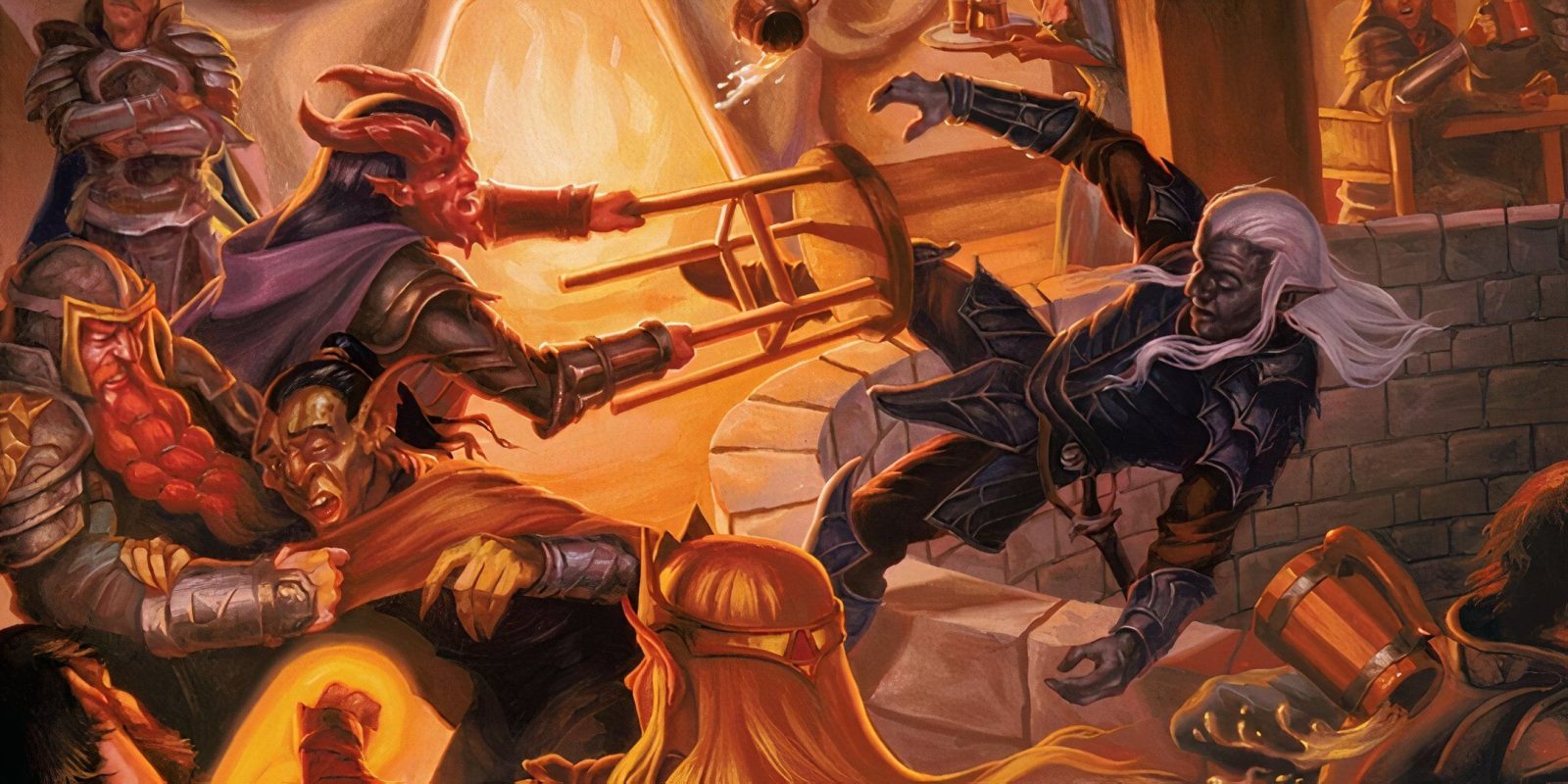
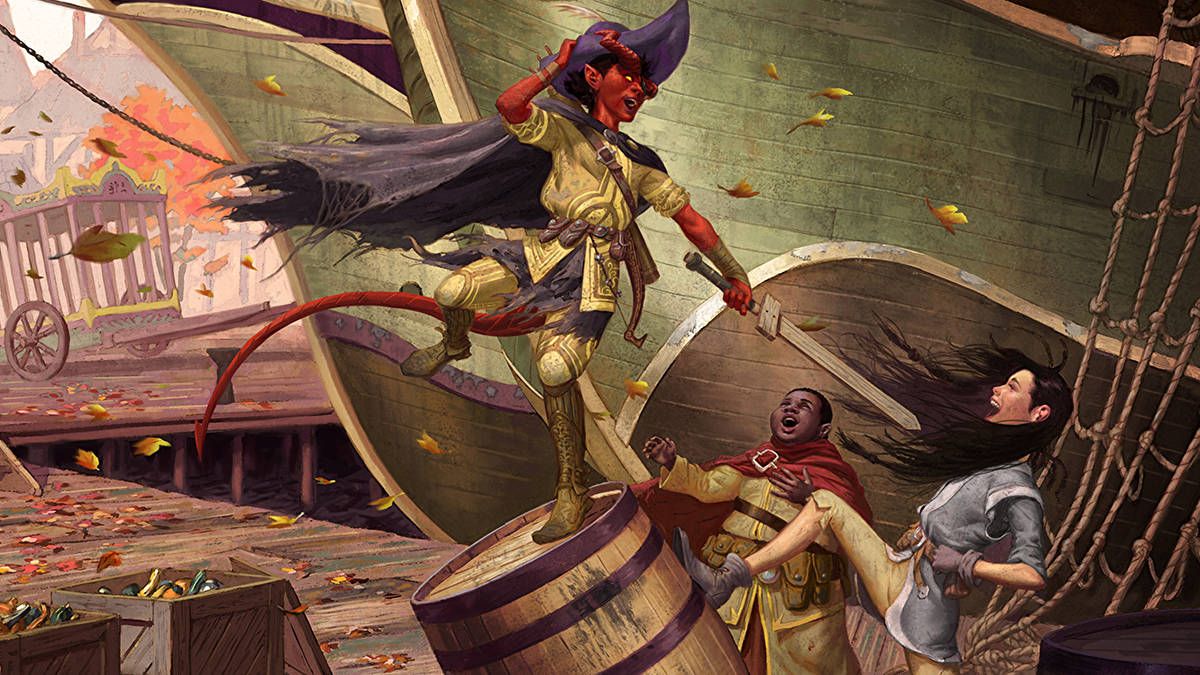



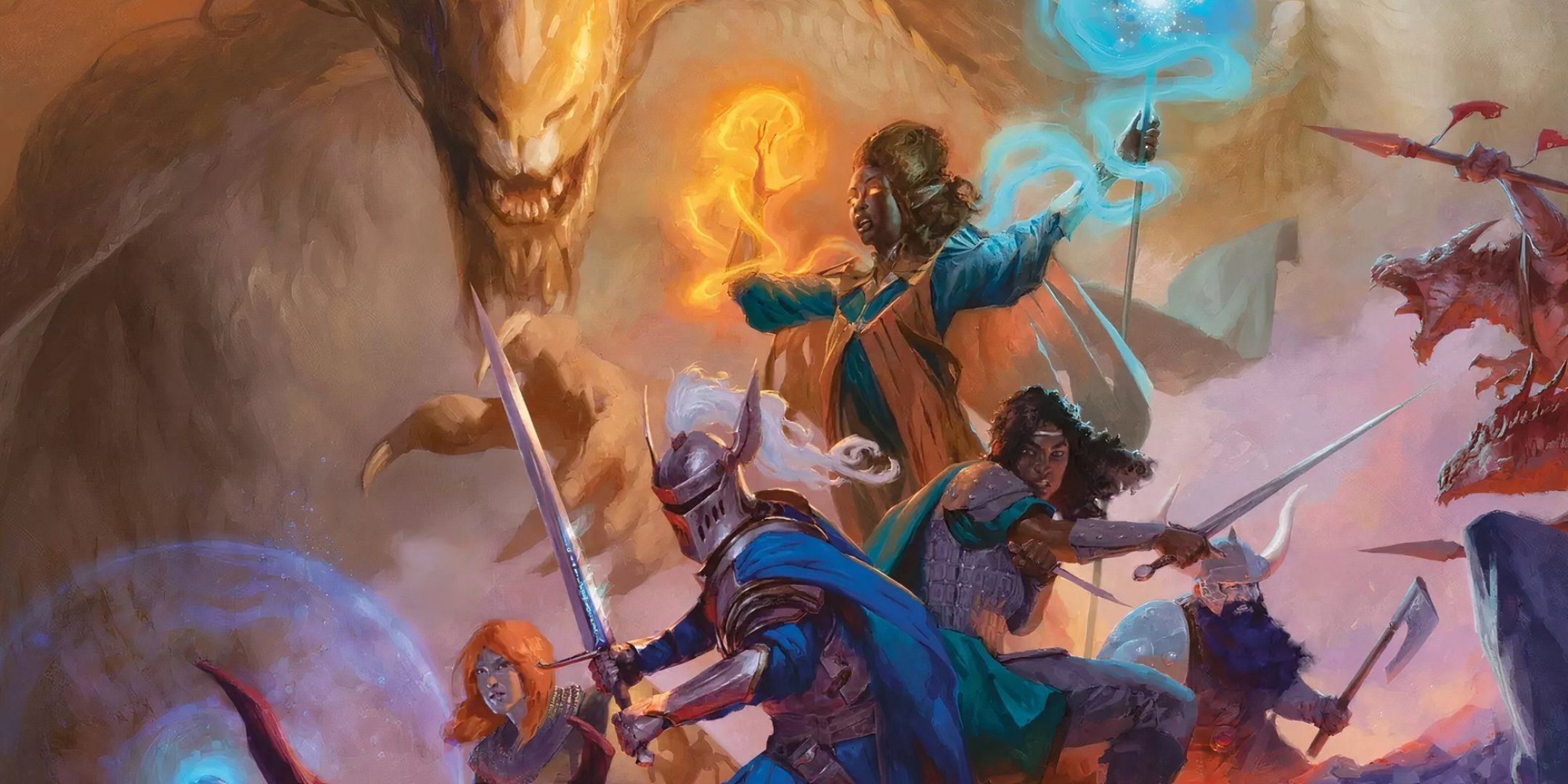




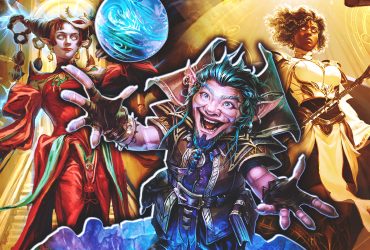
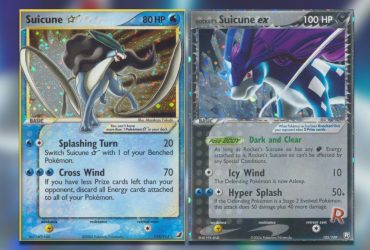

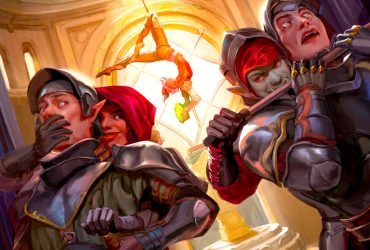

Leave a Reply